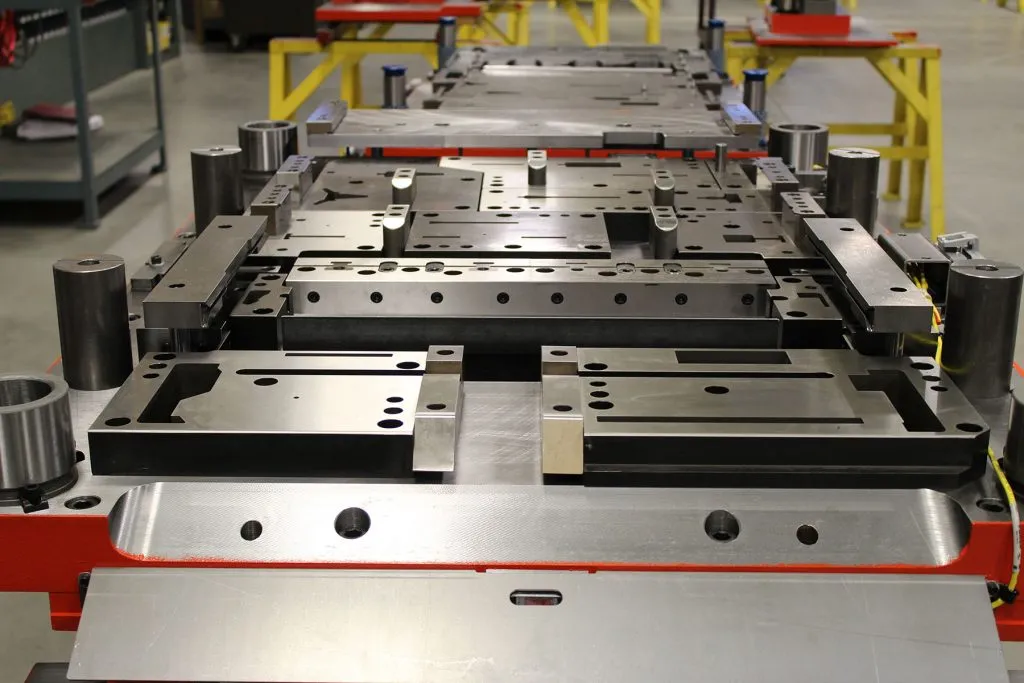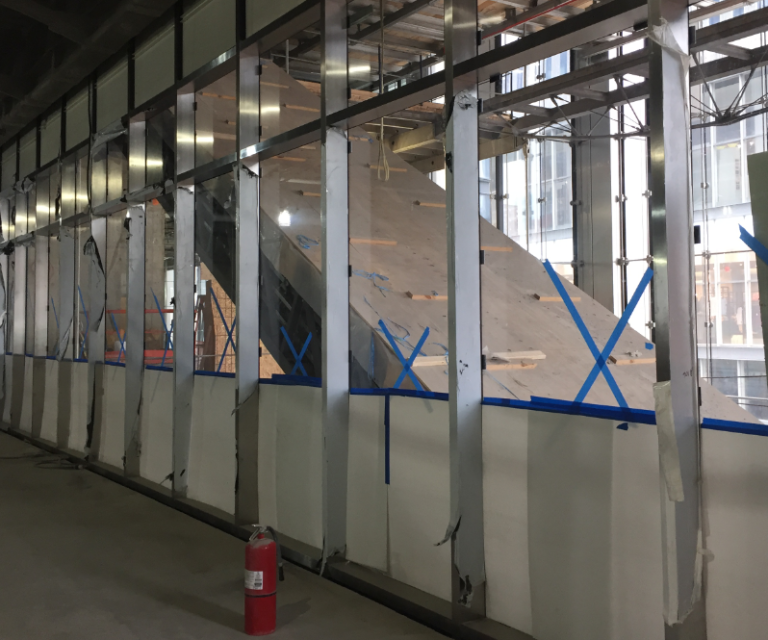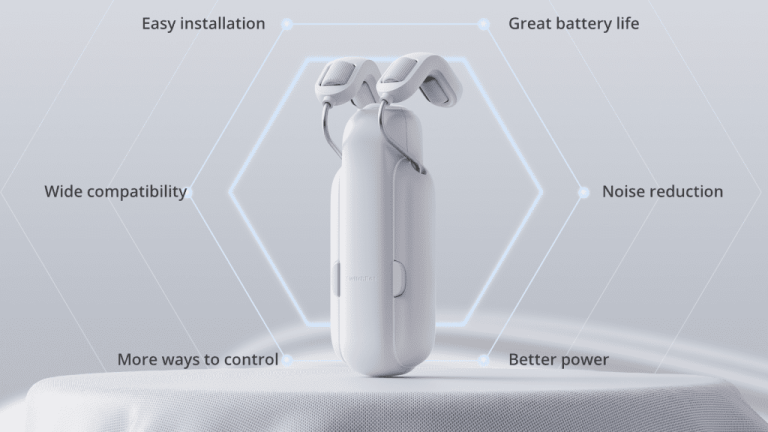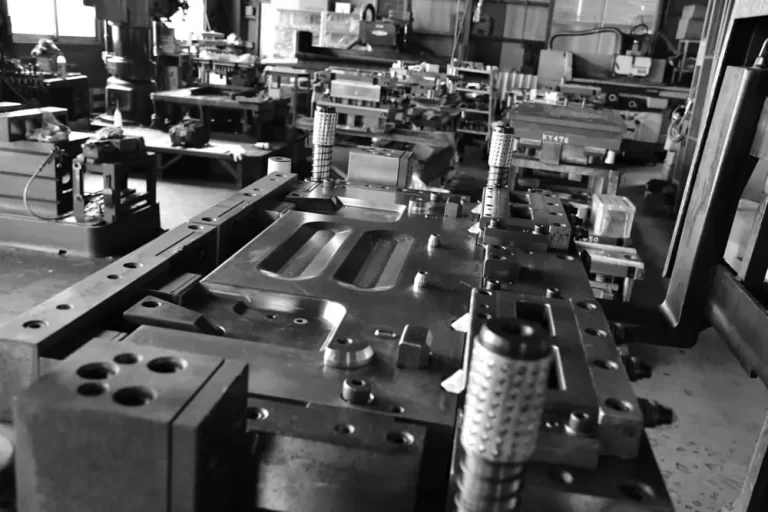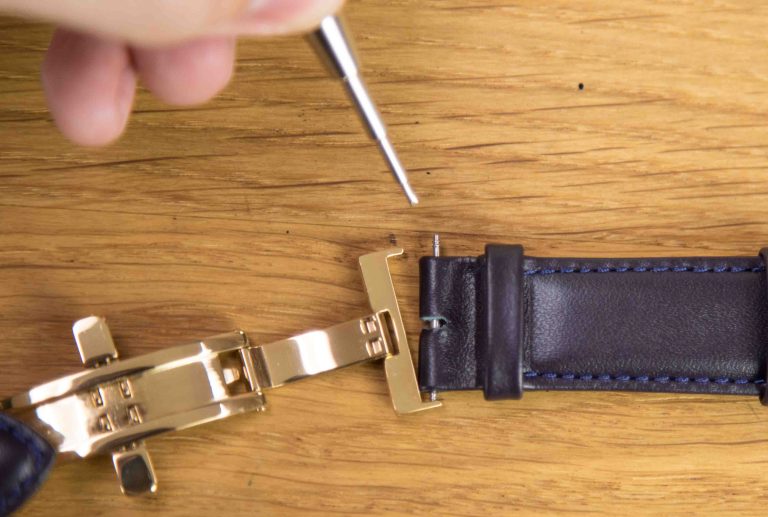EV Metal Stamping with Geogrid Integration: Enhancing Structural Integrity and Performance
Metal stamping is a highly efficient process that utilizes stamping presses and dies to form metal sheets into the desired shape. In addition to its efficiency, metal stamping is known for producing complex parts that adhere to tight tolerances and specifications with optimal repeatability. Because of this, metal stamping has become an essential element in the automotive industry, particularly for electric vehicle (EV) manufacturing.
Automotive metal stamping has grown in popularity within the EV space due to its ability to produce intricate, lightweight components that reduce fuel consumption and carbon emissions. EV stamping also offers a solution for producing parts with optimal material efficiency and cost-effectiveness. At ESI, we understand the challenges our automotive customers face and offer a range of manufacturing services and engineering solutions to meet the industry’s strict requirements. Using the latest automated systems, we can deliver safety-critical EV parts with optimal speed, quality, and efficiency.
Advantages of Using EV Stamping in the Automotive Industry
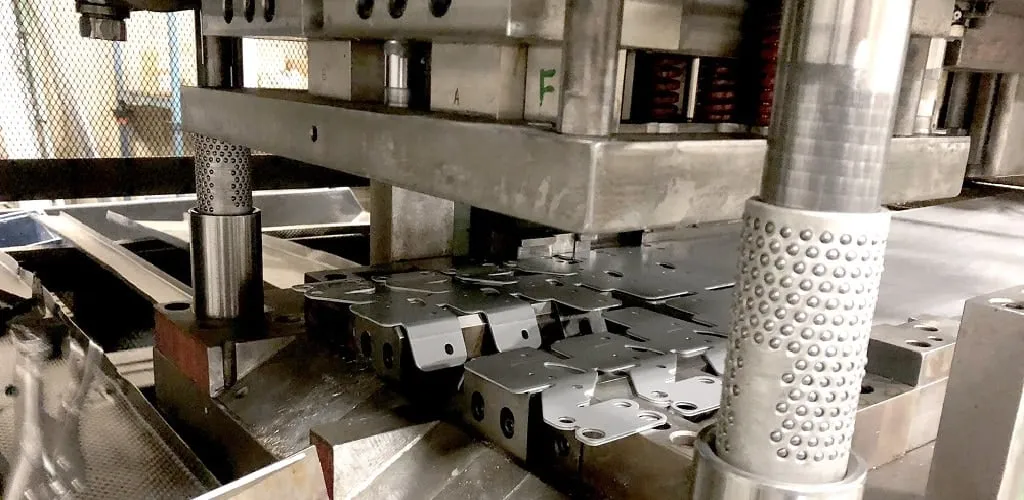
Our EV Metal Stamping Capabilities
At ESI, we offer a variety of metal stamping capabilities for electric vehicles, including geogrid. Geogrid is a high-strength polymer grid that can be integrated into metal stamping processes to enhance structural integrity and provide additional reinforcement to the formed parts. By incorporating geogrid technology into our stamping operations, we can create EV components with improved strength, durability, and resistance to deformation.
Punching. The punching process is used to punch or cut, holes into the metal workpiece. The punched-out material typically becomes scrap.
Blanking. Blanking uses a tool and die to cut material from a metal sheet into the desired shape. The material that is removed is the new blank or workpiece.
Embossing. Rather than cutting holes through the material, embossing presses a die into the metal to create a raised or recessed design.
Coining. During the coining process, the workpiece is subjected to high levels of force, causing it to conform to the shape of the die.
Bending. Bending uses a die to form the metal workpiece into certain bend patterns, such as a V-shape or L-shape.
Flanging. The flanging process is used to bend the edge of the material to create a flange that can be used for connecting other components.
By leveraging geogrid technology in conjunction with these metal stamping processes, we can produce electric vehicle parts that exhibit enhanced structural integrity, improved load-bearing capacity, and increased resistance to fatigue and cracking.
Depending on your needs, we can combine any of these processes, including geogrid integration, to produce the EV parts you require.
